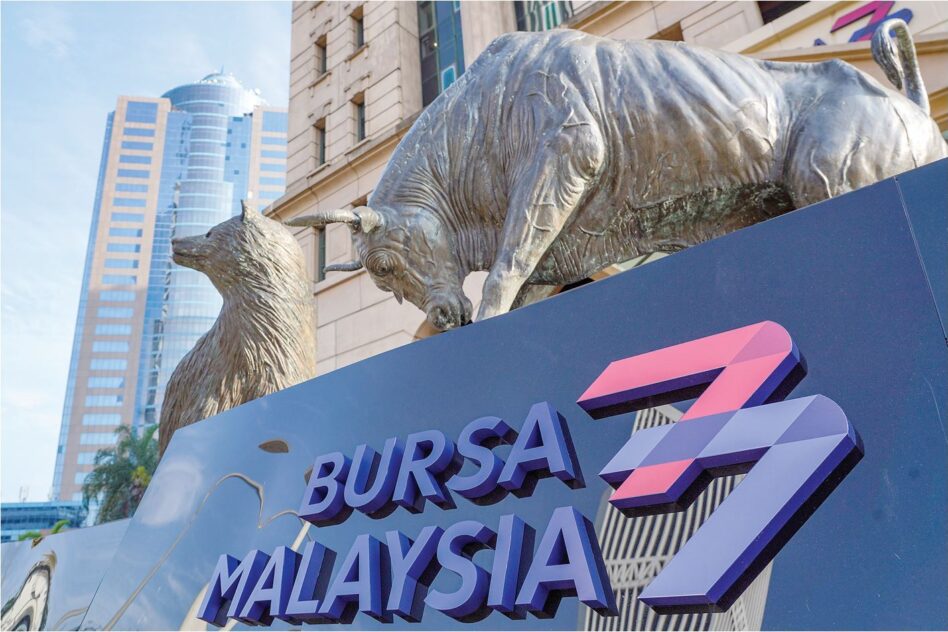WHILE earnings of Malaysian banks are envisaged to improve in 2021 with net interest margin (NIM) recovery, their profit performance is likely to remain pressured by still lofty – albeit lower – impairment charges.
With an estimated 13% of banks’ loans under targeted repayment assistance or subject to restructuring and rescheduling, their true underlying asset quality has yet to surface, according to RAM Ratings.
“Banks bolstered their loss absorption buffers in 2020 by proactively setting aside provisions in anticipation of higher delinquencies when the various forbearance measures are eventually lifted,” RAM Ratings co-head of financial institution ratings Wong Yin Ching pointed out.
“The average credit cost ratio of eight selected local banks had almost tripled from 30 basis points (bps) to 84 bps year-on-year (yoy). Roughly half of the charges comprised management overlays and macroeconomic adjustments.”
Malaysian banks’ earnings slumped in 2020, dented by sizeable pre-emptive provisions and thinner NIMs.
Wong further highlighted in conjunction with the publication of the rating agency’s Banking Quarterly Roundup 4Q 2020 that the elevated provisioning expenses last year were also exacerbated by several lumpy overseas impairments in the books of a couple of the banks.
Additionally, banks’ NIMs had been severely constricted by the aggregate 125bp cut in the overnight policy rate (OPR) last year, which was further compounded by modification charges in 2Q 2020.
“After having plunged to a low of 1.83% in 2Q 2020, the average NIM of the eight banks rebounded strongly in the subsequent two quarters,” noted RAM’s quarterly roundup.
“This was underpinned by the absence of sizeable modification losses and the gradual re-pricing of deposits.”
Nonetheless, their NIM of 2.14% (adjusted for modification expenses) for the full year stayed below the trend average of 2.20%-2.30% for the last five years.
Although more robust bond trading income and disciplined cost management provided some respite, the eight banks reported a significantly weaker pre-tax return on assets of 0.92% and return on equity of 8.7% in 2020 (2019: 1.36% and 13.2%).
“Their earnings should improve in 2021 with an upward bias in NIM trajectory. However, their profit performance will likely remain clouded by the uncertain opera,” projected RAM Ratings. – March 11, 2021









